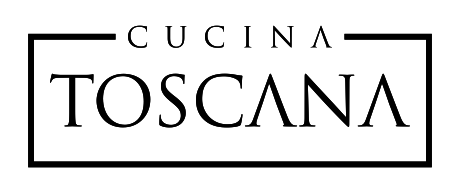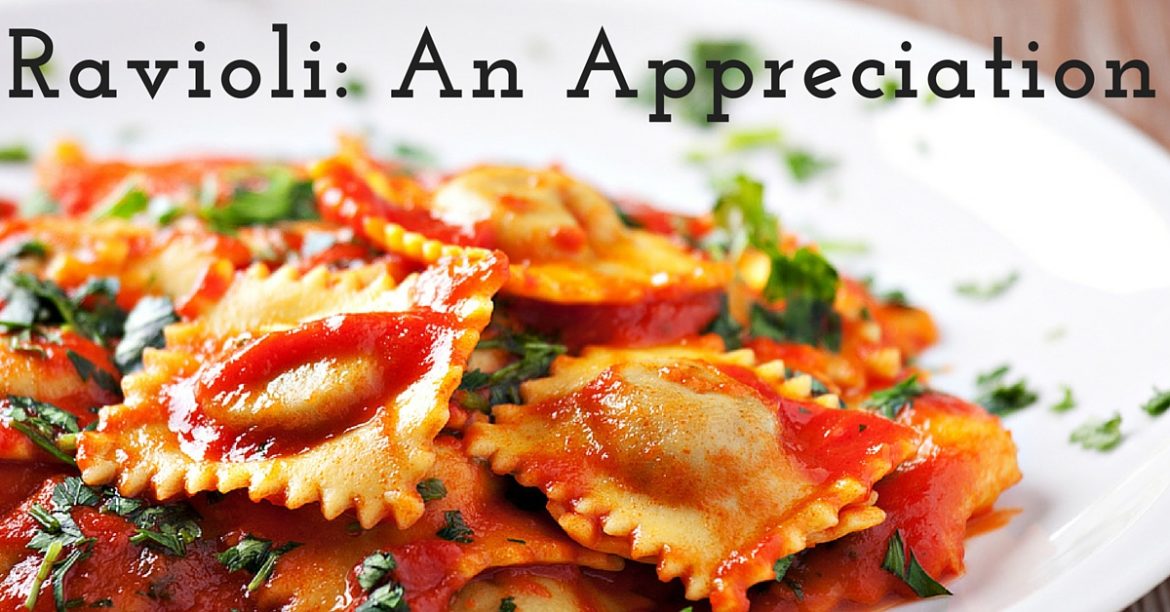- Tomatoes: A Taste of Summer - July 26, 2017
- The International Origins of Pasta - July 12, 2017
- A History of Italian Americans in Salt Lake City - June 29, 2017
Ravioli: An Appreciation
Everybody Loves Ravioli
Ravioli has become a favorite food for Americans, but its roots reach much further back. Ravioli is considered a dumpling, with filling sealed between two layers of thin pasta. Though it takes many shapes, including circular or semi-circular forms, the traditional form of ravioli is a square. In Italian cuisine, vegetarian ravioli is served on Fridays, with meat dishes on the side.
These days, ravioli is found mass-produced in the frozen section of the grocery store. In the United States, canned ravioli became popular thanks to the efforts of Chef Boyardee in the 1930s. You may find deep fried ravioli as a favorite bar snack, and ravioli is a fun pasta to make at home.
Around the world, Italian ravioli has culinary sisters in other cultures. Kreplach, in Jewish cuisine, is a pocket of meat filling covered with pasta. There are many similarities between Italian ravioli and certain Chinese dumplings. In India, the dish gujiya is similar to ravioli, except it has a sweet filling, rather than savory.
Ravioli is commonly served with a broth or sauce, and is a staple of traditional Italian home cooking. The fillings of ravioli differ depending on the region. Common fillings of ravioli include ricotta, spinach, nutmeg, black pepper, and lemon rind.
Internationally, March 20 is Ravioli Day. Still a popular pasta today, ravioli’s roots can be traced way back to at least the 14th century.
History of Ravioli
The word “ravioli” comes from the Italian riavvolgere, which means “to wrap.” While ravioli’s origins are obscure, the earliest mentions come from 14th century manuscripts. In pieces by Francesco di Marco Datini, a merchant of Prato, there is a recipe for ravioli that consists of chopped blanched green herbs, fresh cheese, and beaten egg, then simmered in broth. This is very similar to contemporary preparations of ravioli.
Surprisingly, there were also mentions of ravioli in 14th century England, in a cookbook by King Richard II’s chefs. They are referred to as “rauioles.” Food historians note that Sicilian and Maltese ravioli may precede North Italian versions, using sheep’s milk ricotta or sheep’s milk cheese.
In 16th century Rome, ravioli is mentioned when Bartolomeo Scappi served them to a papal concave. It may be surprising, however, that ravioli was not served with tomato sauce until the 16th century, when tomatoes were introduced to Italy from the New World. Prior to this, ravioli was served al brodo, in broth.
How Ravioli is Made
Ravioli is made of sheets of simple pasta dough, rolled out thin. Most people use a mold to outline the center of the ravioli. But chefs must work quickly, as the thinness of the dough may lead to it drying out. After a mold makes the depression in the dough, chefs will place the filling in these spaces. After the filling has been placed, another thin sheet of dough is laid over filling, and then gently rolled over with a rolling pin to remove any air bubbles. Then, chefs use a ravioli cutter, similar to a pizza slicer, to create the perforated edges of the ravioli. They are gently pulled apart and covered with a towel to prevent drying.
Once the ravioli has been made, they are placed into a pot of boiling water for three minutes. To ensure doneness, slice into your ravioli. If there is no starchy line in the center of the pasta dough, your ravioli is done!
Enjoying Ravioli
At Cucina Toscana, we offer several preparations of ravioli on our menu. Our ravioli follows the traditional preparation, with ricotta cheese and a light pasta sauce.
Our signature Ravioli Tuscana consists of spinach and ricotta, and is tossed in a sauce of light butter, sage, and tomato. You may also find our delicious ravioli paired with other pastas, such as our housemade potato gnocchi.
Ravioli is a simple pasta satisfies in a big way. Come visit us at Cucina Toscana for a taste of one of Italy’s favorite delights!
JOIN US FOR THE FINEST ITALIAN FOOD (AND WINE) IN SALT LAKE CITY
CUCINA TOSCANA
282 S 300 W
SALT LAKE CITY, UT 84101
PHONE: (801) 328-3463

